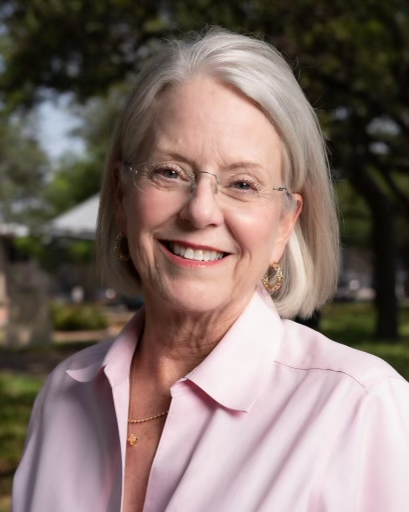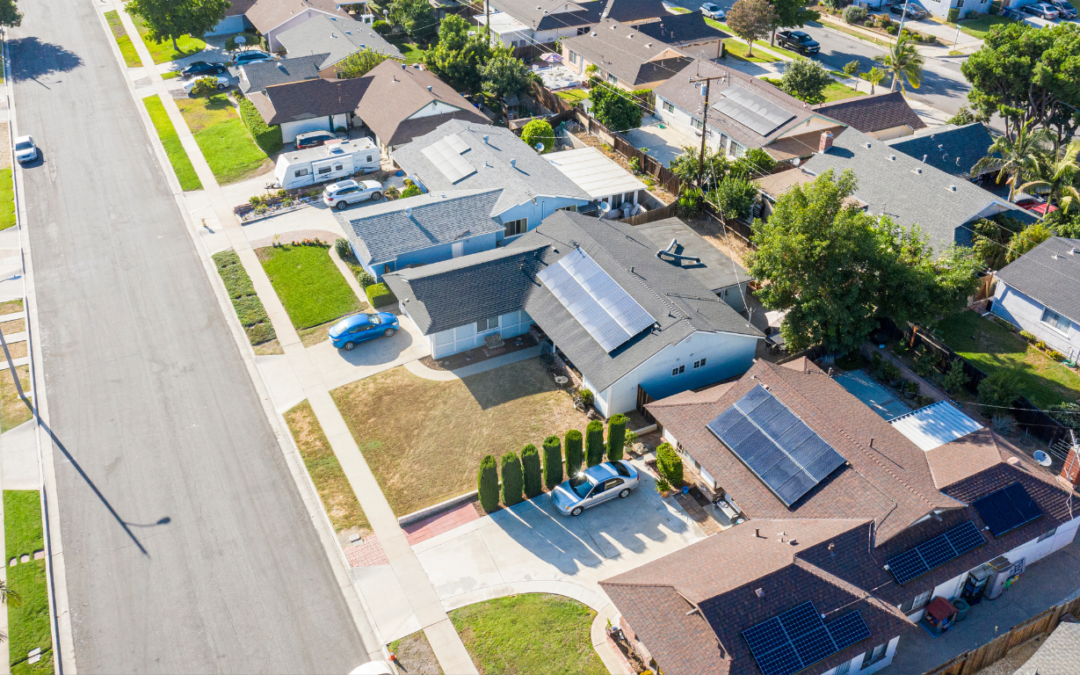
By Patrice “Pete” Parsons, TXSES Executive Director
As we near the end of the hottest October in Texas’s recorded history (since the 1890s), with new daily highs set across the state, and at least for us in Austin, the latest calendar date to ever hit 100 degrees—44 days later than the average date of Aug. 30th—it is becoming increasingly clear that the heat in Texas, and the ways we deal with it, are here to stay.
Weather-related disasters have cost Texans more than $100 billion just since 2000, and we continue to struggle with natural disaster recovery. As we all know, Texas is a large state with wide-ranging challenges: while some regions deal with drought and water shortages, others experience unseasonable heat waves; and still others find themselves hit by flooding and hurricanes. Homeowners insurance is increasingly hard to find in the state. Gas supply issues that caused the devastating Winter Storm Uri blackouts in 2021 continue to loom over the grid. And electricity is only getting more expensive for consumers.
The good news is that a significant amount of solar has been added to the Texas grid in the last few years, particularly after the painful summer of 2023—the second hottest summer in Texas history, after 2011—in which Texans suffered through 105-degree highs for over 61 days. From late 2022 until the beginning of summer 2024, 10,000 megawatts of solar has been added, and Texas continues to grow it’s solar input by 54% each year.
This summer, solar saved us from ERCOT’s forewarned conservation requests and the threat of brownouts, rolling or otherwise, and the price of energy dropped accordingly. It turns out that solar is the perfect match to meet high energy demand (& therefore expense) caused by hot, late afternoon AC use—traditionally the most challenging time of day for the Texas power grid. Wind and batteries can pick up the dropping demand overnight as winds pick up and temps cool off. Renewable resources not only power Texas through periods of peak demand, they also lower the price of wholesale power. The record summer heat of 2023, along with aging and failing gas & coal plants, led to the highest prices that year. This year, solar and storage, along with lower temperatures, helped keep costs lower.
Despite the success of solar and renewables in maintaining our grid and keeping the power on, not to mention their popularity amongst Texans (new polling from SEIA found that 73% of Texans believe that solar and battery storage make the grid more resilient & a majority oppose proposals that impose higher fees and more regulatory hurdles for solar projects), the state legislature continues to sideline them. Recent public hearings mentioning battery storage projects tended to focus on neighbors’ concerns (see Business and Commerce Committee), rather than the extremely vital job of keeping air conditioners on and lowering energy prices during hot summer nights.
In response, TXSES is continuing with plans advocating for legislation that should help the overall adoption of more rooftop solar. This includes new legislation on the adoption of SolarApp, free software that municipalities can use to make the solar permitting process much quicker; some consumer protection legislation; and new recommendations to the Public Utility Commission (PUC) on fair credit for distributed solar consumers from their energy providers. Additionally, we are working with the PUC to create a new interconnection rule that should ease the way for homeowners trying to get rooftop solar connected to the grid in a way that keeps some power at their home, regardless of the grid’s condition.

